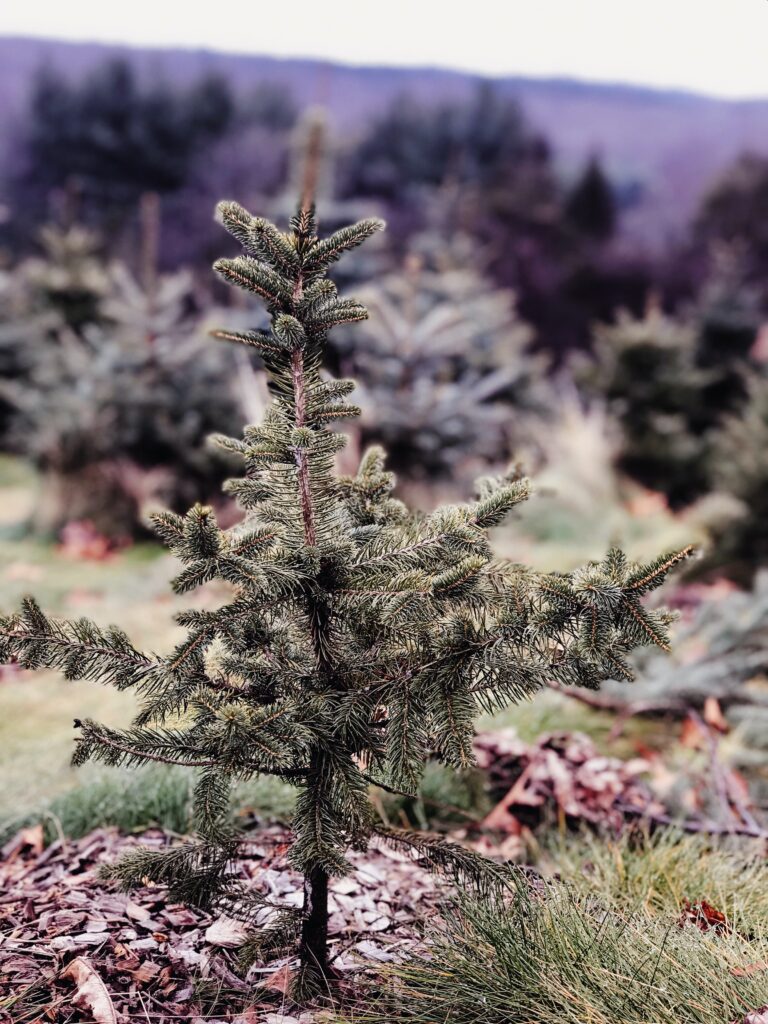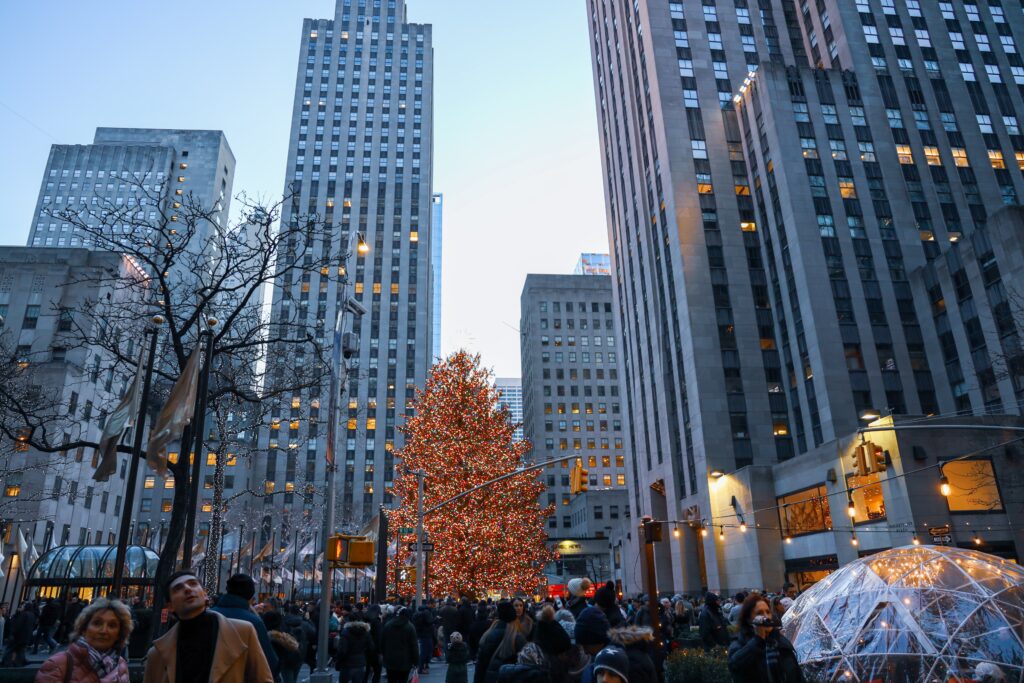
From the Christmas tree farm to your living room, presents pile up beneath it — the Christmas tree! Evergreen trees have been a long lasting symbol in association with the Christmas holiday. The types of Christmas trees vary from Spruce to Fir trees. On the east coast, starting in mid-Pennsylvania ranging to Mississippi, the Virginia Pine reigns the most common Christmas tree. So… what is the history of the Christmas tree? And what does it symbolize? Continue reading to find out while also learning about some of the most iconic Christmas trees throughout the world.
The origin of the Christmas tree can be traced back to pre-Christian times. It is often a topic of debate, with some saying that Saint Boniface introduced the tree to Germany in the 8th century. Supposedly he chopped down a tree dedicated to Thor, the Norse god of thunder, and replanted it in honor of Christianity as a symbol of rebirth. Others believe that Martin Luther was the first to popularize it in the 16th century. He supposedly nailed a small fir tree to the wall of his home and decorated it with candles and sweets as a way to celebrate Christmas. However it came about, there is evidence that trees were used as Christmas decorations as early as the 15th century.
Over the years, the Christmas tree has become one of the most iconic symbols of the holiday season. Families across the world decorate their trees with ornaments and lights, then gather to sing carols while sipping cocoa or eggnog. There has been a long association of evergreens with life and renewal, especially during winter. For example, Hindus hang mango, coconuts, or figs on their Christmas trees as symbols of fertility that are meant to enhance good luck. The ancient Druids also decorated their trees with lights and ornaments as part of their winter solstice celebrations.

As mentioned, the significance of Christmas trees has evolved over time. Initially, they were used as a symbol of Christianity and rebirth. Later, they became a way to celebrate the winter season and enjoy Christmas decorations. Today, they continue to bring happiness to people of all ages and religions around the world.
The Christmas tree has also served as a reminder of the Tree of Life in the Garden of Eden. The tree is also seen as a symbol of Jesus’ victory over death, as well as a reminder of the promise of eternal life. Some people also believe that the Christmas tree is a symbol of the evergreen future, as opposed to the barren winter landscape.
However interpreted, these trees remain an indicator of the holiday season. Some of the most iconic Christmas trees can be found at Rockefeller Center in New York City, Trafalgar Square in London, and Champs-Elysees in Paris. These towering evergreen trees are lit up with thousands of dazzling lights, attracting visitors from all over the world. Whether you’re celebrating Christmas in a toasty home or a chilly city, the Christmas tree is a tradition that everyone can enjoy!

So what do you do with your Christmas tree after it dies, or has just fulfilled its purpose to you and your family?
Recycle it! Learn more about the Eco-Friendly Ways You Can Recycle Your Christmas Tree.


